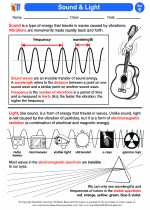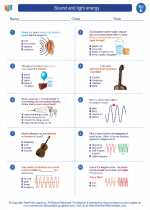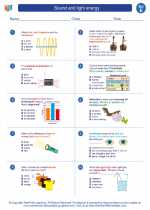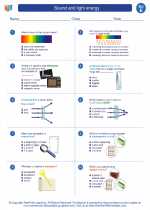Sound and light energy -> glucose
Structure of Glucose
Glucose has a chemical formula of C6H12O6, which means it is composed of six carbon atoms, twelve hydrogen atoms, and six oxygen atoms. It has a ring structure and is classified as an aldohexose, which refers to its six carbon atoms and the presence of an aldehyde functional group.
Role of Glucose in Living Organisms
Glucose plays a crucial role in cellular respiration, the process by which organisms generate ATP (adenosine triphosphate), the molecule used for energy storage and transfer. During cellular respiration, glucose is broken down in the presence of oxygen to produce ATP, which powers various cellular activities.
Glucose is also used as a building block for larger carbohydrates, such as starch and glycogen, which serve as energy storage molecules in plants and animals, respectively. Additionally, glucose is a key component of the structural framework of cellulose, a polysaccharide found in the cell walls of plants.
Study Guide
When studying glucose, it is important to grasp the following key points:
- The chemical structure of glucose, including its formula and the arrangement of its atoms.
- The role of glucose in cellular respiration and its significance as a source of energy for living organisms.
- The relationship between glucose and other carbohydrates, such as starch, glycogen, and cellulose.
- The process of photosynthesis and how glucose is produced in plants.
- The importance of glucose in maintaining homeostasis and providing energy for metabolic processes.
Understanding these fundamental concepts will provide a solid foundation for comprehending the significance of glucose in biological systems.
[Glucose] Related Worksheets and Study Guides:
.◂Science Worksheets and Study Guides Fifth Grade. Sound and light energy

 Activity Lesson
Activity Lesson
 Worksheet/Answer key
Worksheet/Answer key
 Worksheet/Answer key
Worksheet/Answer key
 Worksheet/Answer key
Worksheet/Answer key
 Worksheet/Answer key
Worksheet/Answer key
 Vocabulary/Answer key
Vocabulary/Answer key
 Vocabulary/Answer key
Vocabulary/Answer key
